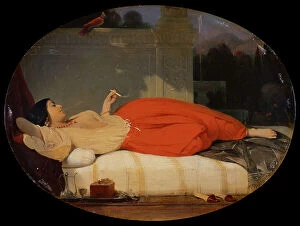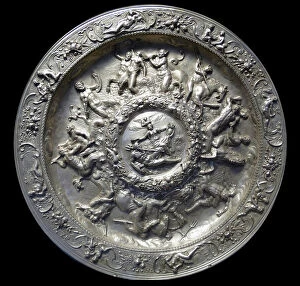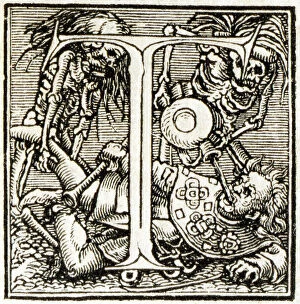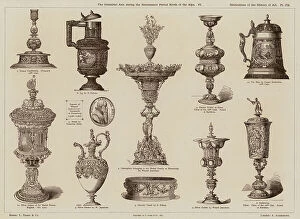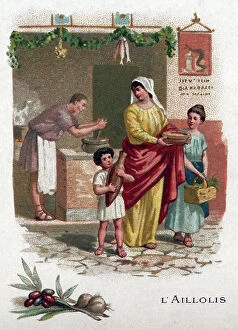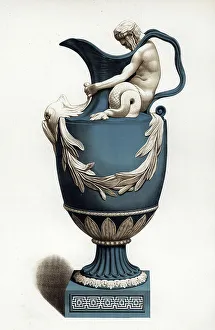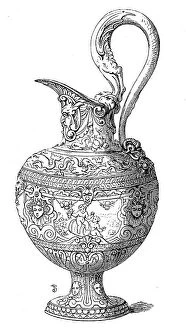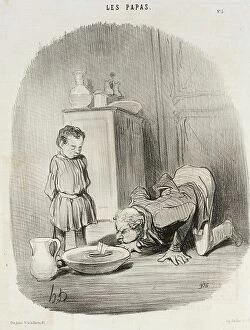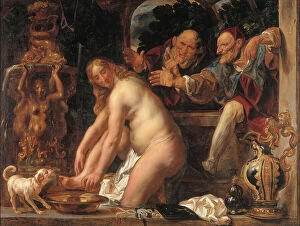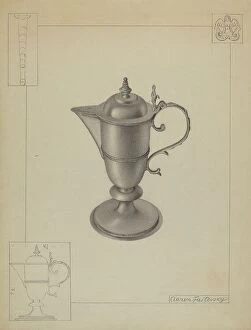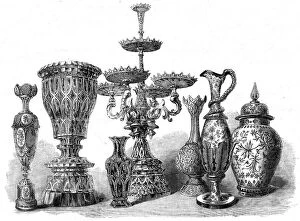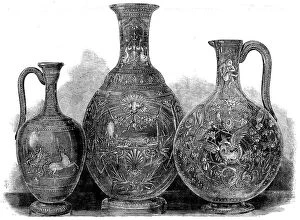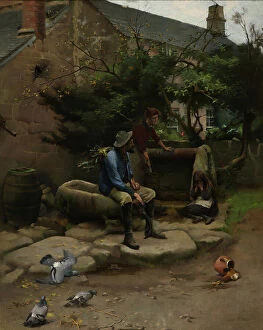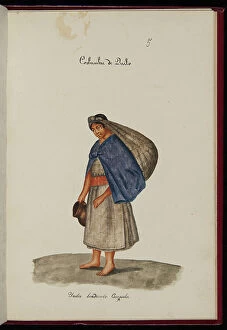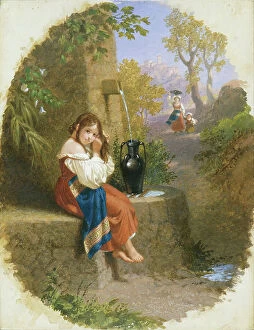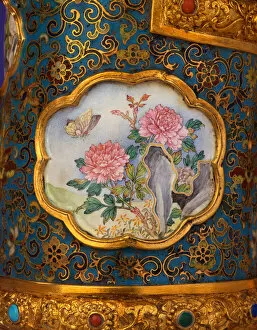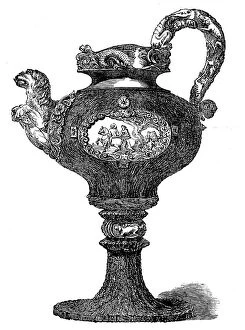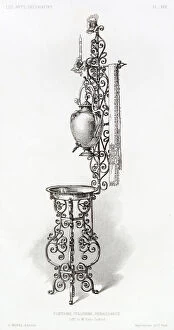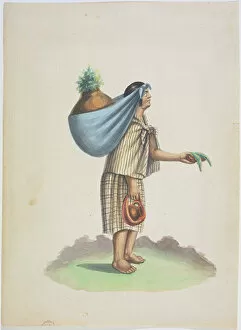Ewer Collection (#2)
The ewer, a versatile vessel with a rich history, has played many roles throughout the centuries
All Professionally Made to Order for Quick Shipping
The ewer, a versatile vessel with a rich history, has played many roles throughout the centuries. In Thessaloniki, it was once associated with the bustling trade of salep merchants, who used it to serve their aromatic beverages. In the late 19th century, an exquisite artwork titled "Woman Bathing" depicted a scene where an elegant ewer and basin were essential tools for personal hygiene. The vibrant colors of the drypoint and aquatint print brought this moment to life. During the Italian Renaissance, an elegant wash-stand showcased not only its decorative beauty but also its practicality. With a tap attached to the ewer providing water and a towel nearby for drying hands, this piece exemplified functionality in style. Even in simpler times, like in 16th-century markets or when peasants carried vegetables in Quito during 1865, humble ewers served as vessels for daily tasks. They symbolized resourcefulness and simplicity amidst busy lives. Ewers have also been immortalized through various art forms. Engravings such as "The Lovers" from around 1490 captured intimate moments while showcasing these vessels' timeless charm. Intricate porcelain designs from c. 1781-93 displayed elegance and craftsmanship through delicate ewers paired with matching basins—a testament to refined taste during that era. Artists like Waldeck documented Mesoamerica's cultural heritage through prints depicting ancient artifacts such as ornate pitchers—an homage to indigenous civilizations that valued both function and aesthetics. Moving forward in time, oil paintings like "Pitcher and Glass on a Table" portrayed still-life scenes where everyday objects took center stage—reminding us of how even simple items can hold significance within our lives. Capo di Monte coffee pots adorned with intricate decorations became coveted pieces during c. 1750—a blend of utility and artistic expression that elevated mundane routines into moments of luxury.


